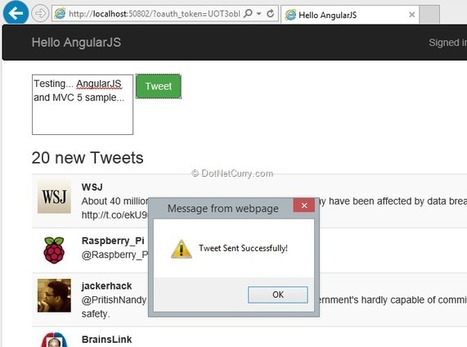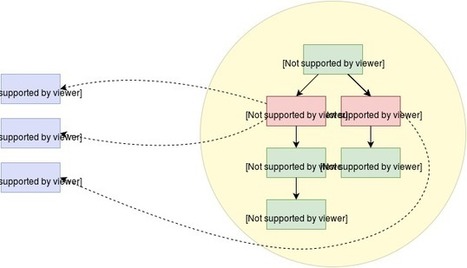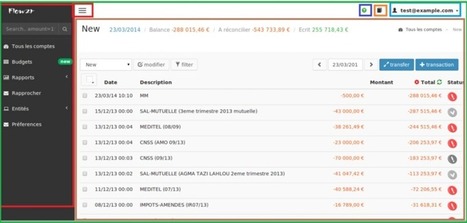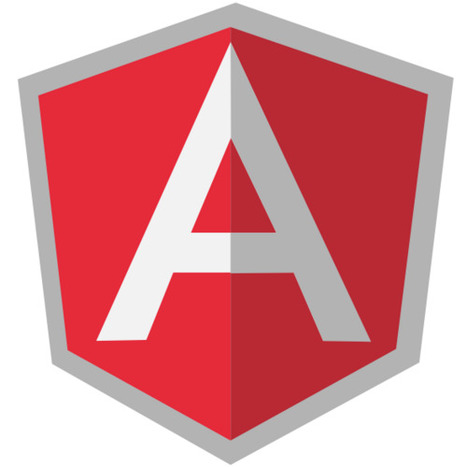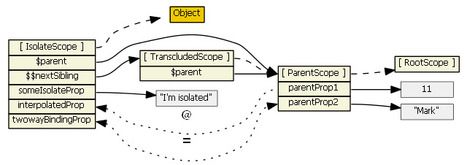Implementing bidirectional communication between angular controllers and directives using isolated scopes.
Since I had issues finding a good explanation on how to tie together a controller and a directive with isolated scope I decided to create my own blog post on this subject. This repo contains a runnable example of the solution. It contains a Spring Boot Web Application that can be started to act as a HTTP server but all the interesting stuff is in the src/main/webapp folder.




 Your new post is loading...
Your new post is loading...










